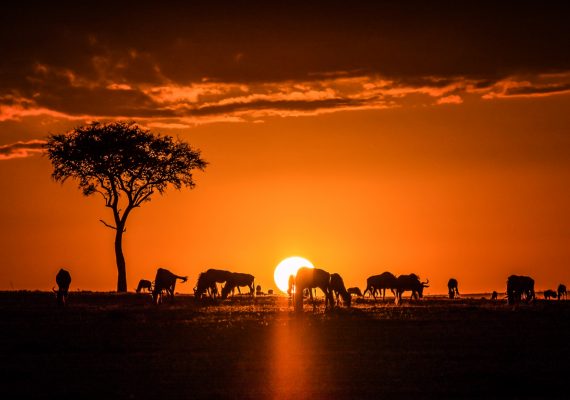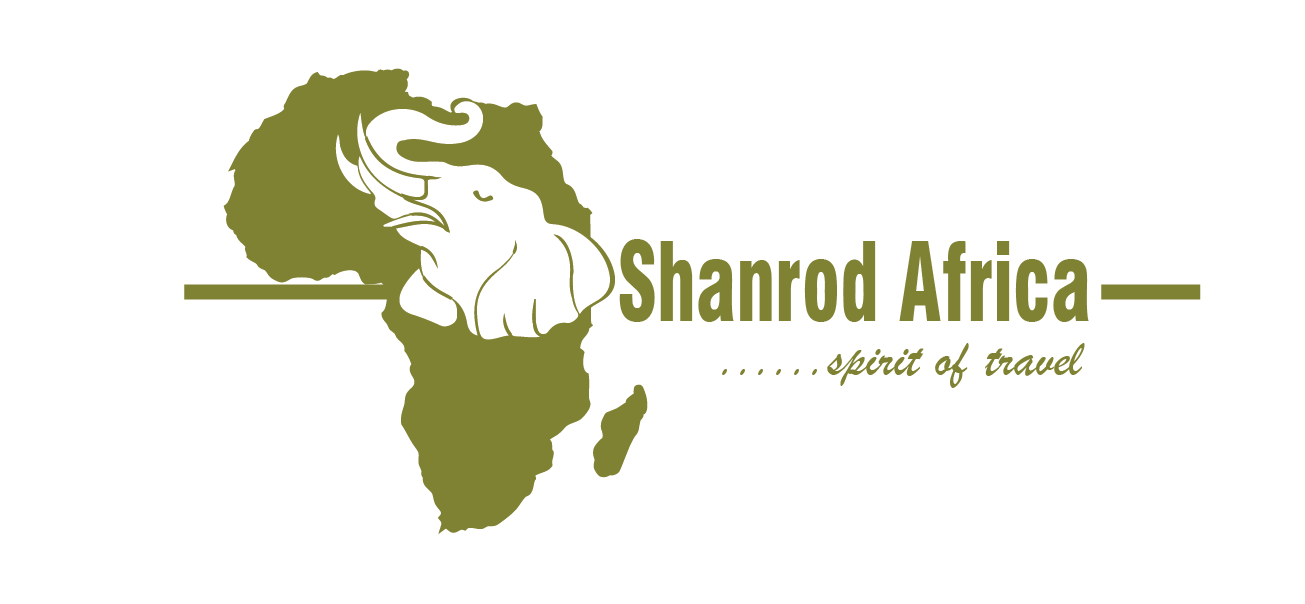Local people refer to the Kitulo Plateau as ‘Bustani ya Mungu’ – The Garden of God. This beautiful name is a perfect description. Soft rolling valleys on a high plateau in the cool uplands of southern Tanzania burst into a seasonal exuberance of flowers and colour that is one of the great floral spectacles of the world. It became a National Park in 2005, and is 413 sq. km in area.
Lying at around 2,600 metres (8,500 ft) between the rugged peaks of the Kipengere, Poroto and Livingstone Mountains, the well-watered volcanic soils of Kitulo support the largest and the most important montane grassland and floral community in Tanzania. Within these grasslands grow an extraordinary variety of wild flowers that burst into bloom between December and April.
Wildlife
There are more than 350 species of plants, including 45 varieties of terrestrial orchids, which erupt into a riotous wildflower display of breathtaking scale and diversity. The soft undulating slopes and valleys are literally carpeted with flowers during this time. Kitulo is a gentle place where wild flowers, birds and some antelope and zebra are the main attractions. In 2005 a new species of monkey was discovered in the forests on the western side of the Park. It is a type of mangabey now named Kipunji.
Kitulo is also a bird watchers paradise, because in addition to common species are found rarer ones such as Denham’s bustard, the endangered blue swallow, mountain marsh widow, Njombe cisticola and Kipengere seedeater. Endemic species of butterfly, chameleon, lizard and frog further enhance the biological wealth of God’s Garden. Added to its natural attractions, Kitulo Plateau is the natural resting site for intercontinental migrating birds such as the great white stork on their way to Europe. These big, attractive birds stop in this park for some months and later continue with their long journey across the continent.
Getting there
Road. Take the Dar es Salaam to Mbeya road (A104) to Chimala town. Chimala is 78 km from Mbeya and 750 km from Dar. At Chimala take a graveled road to Matamba (42 km). The road climbs up through 57 hair-pin-corners on a spectacular rough road known as ‘Hamsini na Saba’ or fifty-Seven. The Park Gate is at Matamba where there is a pubic campsite.
From Matamba to the Park itself is about 11 km. Access is also possible via Isyonje on the Mbeya -Tukuyu road.
Air. Regular scheduled flights fly to Mbeya, from where ground transport has to be arranged to Kitulo.
Activities
Activities are walking safaris through the grasslands watching birds and enjoying wild flowers. Those wishing to hike can go hill walking to different waterfalls in the Park including one that is 100 meters high or hike further still on the neighboring ranges during the day, giving fantastic views of Lake Nyasa and its beautiful Matema Beach below the mountains.
When to go
The flower season is during the wetter months of December to April. From May to August the mountains and plains are often shrouded in mist and cloud reducing visibility. These lift towards the end of the drier period September to November. At this time of year the air is brilliantly clear and the mountains and valleys are bathed in sunshine.
Safari ideas
Kitulo National Park is a place that will appeal to a wide variety of traveler, from adventurous folk journeying through Tanzania by road to seasoned wilderness lovers and nature enthusiasts who will want it added to their safari itinerary because it is so different to other big game destinations. It lies just south of Ruaha National Park, and is close to Mbeya airport, and so access is easy for those on the southern circuit of Tanzanian National Parks.
Popular Tanzania Safaris







